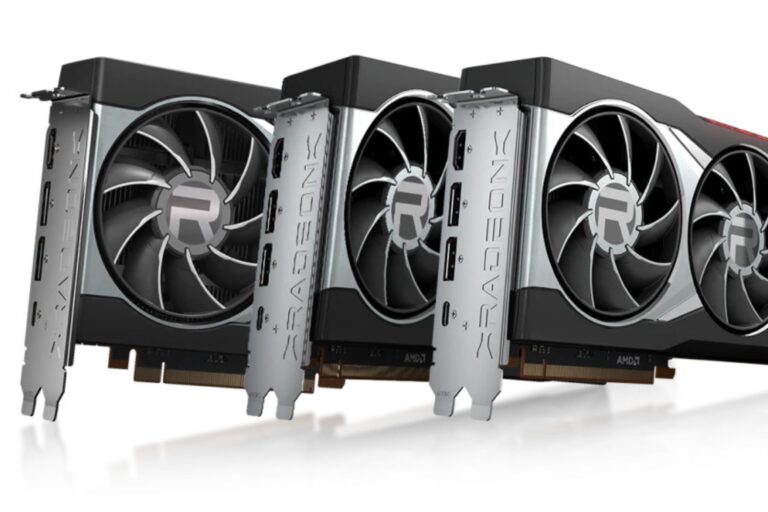Optus Mobile Review ALDI Mobile Review Amaysim Mobile Review Belong Mobile Review Circles.Life Review Vodafone Mobile Review Woolworths Mobile Review Felix Mobile Review Best iPhone Plans Best Family Mobile Plans Best Budget Smartphones Best Prepaid Plans Best SIM-Only Plans Best Plans For Kids And Teens Best Cheap Mobile Plans Telstra vs Optus Mobile Optus NBN Review Belong NBN Review Vodafone NBN Review Superloop NBN Review Aussie BB NBN Review iiNet NBN Review MyRepublic NBN Review TPG NBN Review Best NBN Satellite Plans Best NBN Alternatives Best NBN Providers Best Home Wireless Plans What is a Good NBN Speed? Test NBN Speed How to speed up your internet Optus vs Telstra Broadband ExpressVPN Review CyberGhost VPN Review NordVPN Review PureVPN Review Norton Secure VPN Review IPVanish VPN Review Windscribe VPN Review Hotspot Shield VPN Review Best cheap VPN services Best VPN for streaming Best VPNs for gaming What is a VPN? VPNs for ad-blocking There are some clear match-ups between the latest AMD and Nvidia cards, too, as part of a three-way face-off. Whether you missed out on an Nvidia 30-series card or have been hanging out for the latest AMD offering, here’s the essentials of what you need to know in this GPU battle. Generally speaking, Nvidia graphics cards tend to cost more but offer better performance, even if the gap between price difference and gains has been closing in recent generations. For the Nvidia 20-series, though, Team Green introduced real-time ray tracing, which is a hardware-intensive next-gen approach to handling lighting, and something that Team Red didn’t have an answer for in last year’s AMD Radeon RX 5000 GPUs. That’s set to change in 2020, though, as both the Nvidia 30-series and AMD RX 6000 GPUs boast real-time ray tracing support. There’s non-gaming application, too, most notably in streaming features such as RTX Voice, which uses AI to identify and remove background noise, and an AI-driven feature that removes background images without the need for a green screen. The RTX 3070 is cheaper than the RX 6800, but despite being launched more than a month before the RX 6800, stock levels aren’t great, which is driving prices up with retailers and those looking to make a quick buck by on-selling. Similarly, the RTX 3070 pulls in less power than the RX 6800 and only needs one PCIe 8-pin power connector, plus it’s shorter for an easier case fit. It also boasts AI-powered Tensor Cores and DLSS support, both of which don’t have equivalents on the RX 6800. It’s clear to see why the RX 6800 is beating the RTX 3070 in frame-rate comparisons where ray tracing isn’t a factor: it has a higher boost clock and double the GDRR6 memory. You might expect more performance gains further down the track given the extra memory, too. Winner: AMD Radeon RX 6800 The RTX 3080 also has an advantage when it comes to the memory interface width: 320-bit compared to the RX 6800 XT’s 256-bit. Combine that with second-generation ray tracing on the RTX 3080, third-gen Tensor Cores for upscaling potential at higher frame rates, and an overall frame rate advantage in more comparable titles, and there’s a lot to love about Nvidia’s flagship 30-series GPU. Good luck finding one this side of 2021, though. Winner: Nvidia GeForce RTX 3080 While Australian pricing is yet to be announced for the RX 6900 XT, it’s US$500 cheaper than the recommended pricing for the RTX 3090 which, using the pricing difference between the US pricing for the 3090 and its AU pricing, works out to roughly AU$1,620. If the RX 6900 XT pricing proves accurate, that’s a $800+ price difference between the two competing graphics cards. On paper, the RTX 3090 has the RX 6900 XT beaten when it comes to onboard memory – 24GB of GDDR6X vs 16GB of GDDR6 with a superior memory interface width (384-bit vs 256-bit) – but, apart from needing a lower wattage power supply unit (750W vs 850W), the RX 6900 XT is looking like the smarter pick. Despite requiring an 850W PSU, the AMD GPU draws 300W, plus an Infinity Cache feature offers better memory bandwidth. On top of this, the RX 6900 XT is shorter and only takes up two PCI-express slots, instead of the three slots required by the RTX 3090. Winner: AMD Radeon RX 6900 XT AMD has confirmed it’s working on its own DLSS equivalent in FidelityFX, so the competition could be tighter once that’s integrated. Ultimately, though, expect to find it tough to find readily available stock for the released Nvidia and AMD GPUs. As it stands, the real winners are consumers, because the dominance divide that Nvidia used to enjoy has been shrunk this generation, meaning there’s a better chance of competitive pricing and pro-consumer features in future battles.






